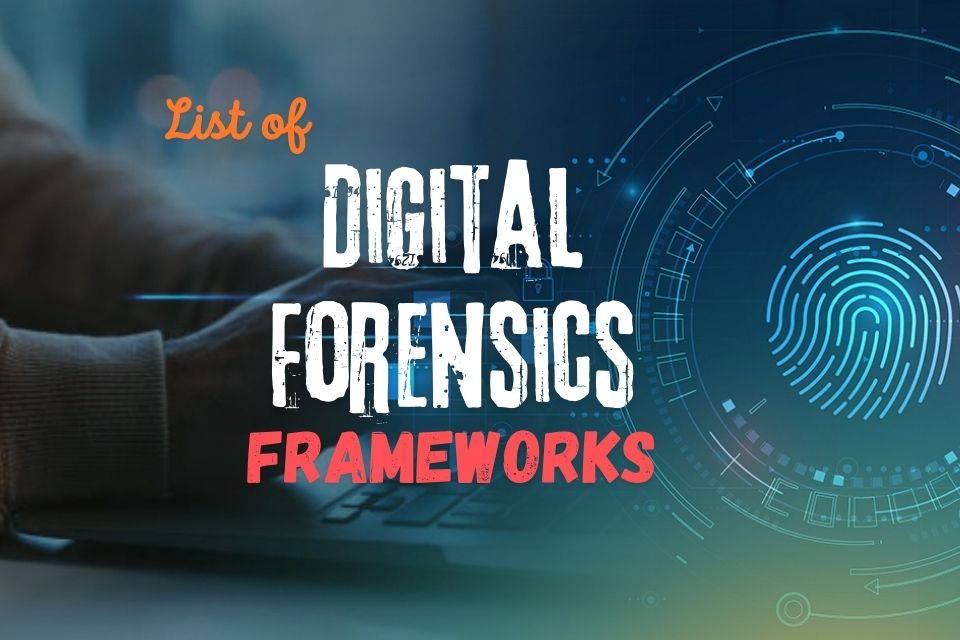Digital forensics frameworks are essential tools used by investigators, law enforcement agencies, and cybersecurity professionals to collect, analyze, and preserve digital evidence from various devices and environments. These frameworks help uncover information that may be crucial in criminal cases, cybercrime investigations, data breaches, and incident response. By utilizing specialized tools and software, digital forensics experts can recover deleted files, analyze hard drives, investigate memory dumps, and trace malicious activities, all while maintaining the integrity of the evidence. These platforms often support modular extensions, allowing for a tailored approach to diverse forensic investigations.
Autopsy:
Autopsy is an open-source digital forensics platform primarily designed to analyze hard drives and smartphones. It provides investigators with a user-friendly interface for digital forensic investigation, helping them examine disk images, recover deleted files, and analyze system logs. Autopsy also offers features like timeline analysis, keyword searching, and web artifact extraction, making it an all-in-one tool for digital investigations. Its extensibility allows users to integrate custom plugins for specific analysis needs, further enhancing its versatility.
Website
Digital Forensics Framework (DFF):
DFF is another open-source digital forensics platform designed for investigating and collecting data from digital devices. It allows investigators to create, analyze, and manage forensic evidence through an intuitive user interface. DFF is built with modularity in mind, allowing users to extend its functionality with plugins. This framework supports a wide variety of file formats and storage devices, making it suitable for complex investigations.
GitHub
CAINE:
Computer Aided Investigative Environment (CAINE) is a specialized Italian Linux distribution tailored for digital forensics. It provides a comprehensive collection of tools for digital investigations, such as disk imaging, data carving, and malware analysis. The live distribution feature allows investigators to boot from a USB or DVD without installing software, ensuring the target system’s integrity remains intact. CAINE is highly regarded for its flexibility and wide range of forensic tools pre-installed for use in live or post-mortem analyses.
Website
Autopsy Browser:
The Autopsy Browser is a graphical user interface (GUI) developed for the Autopsy digital forensics platform, offering an easier way to interact with and navigate through complex investigations. It helps investigators view disk images and other forensic artifacts visually, improving the user experience compared to command-line alternatives.
Website
Kali Linux:
Kali Linux is a widely known Linux distribution focused on penetration testing, but it also comes equipped with a vast number of tools applicable for digital forensics. Investigators use Kali Linux for tasks such as network traffic analysis, disk forensics, and password cracking. Its popularity comes from the ease of use and a comprehensive toolkit for security professionals, making it indispensable in digital forensics environments.
Website
DEFT:
Digital Evidence & Forensic Toolkit (DEFT) is a Linux distribution configured specifically for computer forensics, featuring a wide range of digital forensic tools. It is designed to provide a user-friendly environment for forensic investigations and is often used by law enforcement agencies worldwide. The DEFT toolkit allows users to investigate and analyze digital evidence without compromising the integrity of the source.
Website
Volatility Framework:
Volatility is an advanced memory forensics framework capable of analyzing volatile memory (RAM) dumps. The framework is modular, with plugins that allow investigators to extract processes, network activity, and other artifacts from memory. Volatility’s flexibility makes it a go-to tool for investigators dealing with memory forensics in malware analysis, incident response, and digital investigations.
Website
SIFT (SANS Investigative Forensic Toolkit):
SIFT is an Ubuntu-based digital forensics distribution developed by the SANS Institute. It comes pre-configured with a set of tools designed to aid investigators in incident response and forensic analysis. SIFT is highly valued for its open-source nature, providing professionals with a broad range of forensic capabilities for analyzing disk images, file systems, and volatile memory.
Website
CAINE Live:
CAINE Live is a self-contained, bootable forensic environment that allows investigators to perform analysis on live systems without installing any software. This ensures the integrity of the device being analyzed remains intact. It includes various forensic tools that cater to data recovery, network forensics, and malware analysis.
Website
Rekall:
Rekall is a memory forensics framework designed for in-depth analysis of volatile memory. Written in Python, Rekall is modular and customizable, making it an excellent tool for forensic investigators who need detailed memory analysis. Rekall is highly efficient in handling advanced memory investigations, especially for incident response teams and malware analysts.
Website
Disclaimer: The tools mentioned are shared for informational purposes only. I do not endorse or promote any specific tool or service. Please conduct your own research and assess suitability before use.




